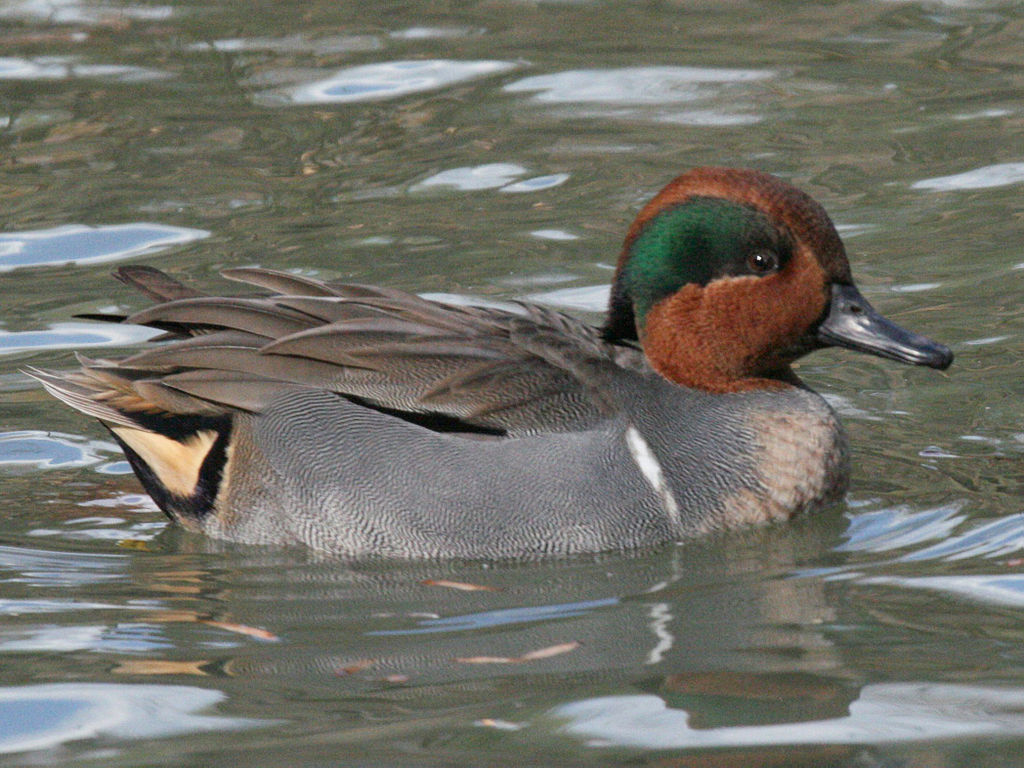Low-risk bird flu found in Ill. wild ducks-USDA
29 Sep 2006 21:42:40 GMT
Source: Reuters
WASHINGTON, Sept 29 (Reuters) - Wild Green-winged Teal ducks in central Illinois have tested positive for a low-pathogenic strain of avian influenza, the government said on Friday.
"Initial tests confirm that these wild duck samples do not contain the highly pathogenic H5N1 strain that has spread through birds in Asia, Europe and Africa," the Agriculture and Interior departments said in a statement.
Five of 11 samples taken from the ducks tested positive for the H5 virus subtype and one contained the H5 and N1 subtypes, they said. The samples were sent to a federal laboratory in Ames, Iowa, for further testing of virus strains.
The samples were collected on Sunday at the Rice Lake Conservation area in Fulton County, central Illinois. The ducks showed no signs of illness, which also indicates a low-risk strain of avian influenza.
As a precaution against the highly pathogenic H5N1 virus that has killed millions of fowl, the government has stepped up testing of wild birds. The Agriculture and Interior departments say they expect to find additional cases of common strains of avian influenza that pose no risk to humans.
29 Sep 2006 21:42:40 GMT
Source: Reuters
WASHINGTON, Sept 29 (Reuters) - Wild Green-winged Teal ducks in central Illinois have tested positive for a low-pathogenic strain of avian influenza, the government said on Friday.
"Initial tests confirm that these wild duck samples do not contain the highly pathogenic H5N1 strain that has spread through birds in Asia, Europe and Africa," the Agriculture and Interior departments said in a statement.
Five of 11 samples taken from the ducks tested positive for the H5 virus subtype and one contained the H5 and N1 subtypes, they said. The samples were sent to a federal laboratory in Ames, Iowa, for further testing of virus strains.
The samples were collected on Sunday at the Rice Lake Conservation area in Fulton County, central Illinois. The ducks showed no signs of illness, which also indicates a low-risk strain of avian influenza.
As a precaution against the highly pathogenic H5N1 virus that has killed millions of fowl, the government has stepped up testing of wild birds. The Agriculture and Interior departments say they expect to find additional cases of common strains of avian influenza that pose no risk to humans.





Comment